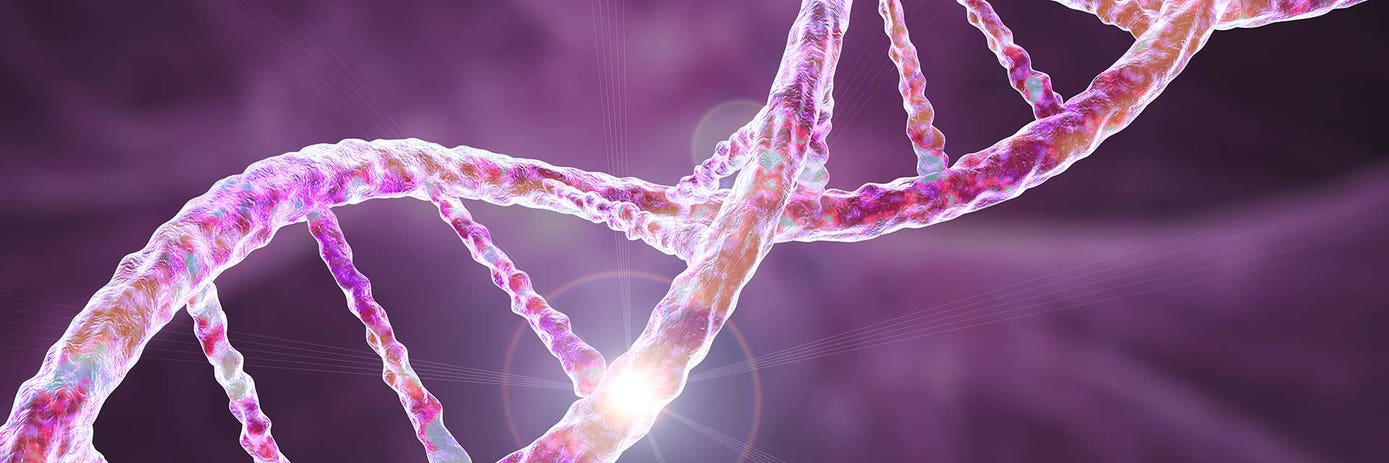The challenge of allele dropout
Preimplantation Genetic Testing for Monogenic Disorders (PGT-M) allows families at risk of passing genetic conditions to conceive unaffected biological children. However, a critical technical hurdle in PGT-M is allele dropout (ADO), where one parental allele fails to amplify during PCR. ADO can be caused by the presence of single nucleotide variants within or near the binding sites, low-quality DNA, etc.
Unlike other germline mutation detection techniques performed on blood or other tissue samples, PGT-M uses as input a limited number of cells representing picograms of DNA (instead of nanograms of DNA), and therefore genome amplification is unavoidable.
ADO can result in false negative and misclassification of embryos, especially in cases of compound heterozygous or autosomal dominant conditions. Studies report ADO rates of 10–15% even in optimized workflows. Therefore, traditional methods relying solely on direct mutation detection (e.g., PCR or sequencing to identify the pathogenic variant) are not sufficient.
SNP-based linkage analysis
To overcome this problem, the use of SNP-based linkage analysis is recommended. This approach, also known as indirect analysis, examines hundreds of single nucleotide polymorphisms (SNPs) flanking the target gene. SNPs, occurring every 300–1,000 base pairs, provide dense genomic coverage compared to older short tandem repeat (STR) markers, which are spaced unevenly and prone to ADO. For instance, a 2024 study on spinal muscular atrophy (SMA) demonstrated 99.8% accuracy using SNP arrays, versus 85% with STRs, by analyzing over 200 linked SNPs to reconstruct parental haplotype. This redundancy ensures that even if ADO occurs at the mutation site, surrounding SNPs allow inferring the right nucleotide at the site of interest.
The application of SNP-based linkage analysis involves several steps:
- Identification of Informative SNPs: SNPs that are closely linked to the pathogenic mutation are identified in the parents and other family members (also known as informativity study).
- Haplotype construction: The combination of SNPs forms a haplotype, which is used to trace the inheritance of the mutation.
- Embryo analysis: The haplotype is analyzed in the embryo's DNA to determine whether the mutation has been inherited.
This method is particularly beneficial in cases where the exact mutation is unknown or when multiple mutations could be responsible for the disorder. By leveraging the power of NGS, SNP-based linkage analysis provides a robust and accurate means of diagnosing genetic disorders in embryos.
Best practice recommendations
The gold-standard approach in PGT-M nowadays combines direct mutation analysis with indirect linkage analysis. Direct analysis offers unambiguous evidence of the mutation but risks ADO; indirect analysis infers inheritance patterns using linked markers, acting as a safety net. For example, in tuberous sclerosis, a 2023 protocol combined targeted sequencing of TSC1/TSC2 variants with genome-wide SNP arrays, achieving 98% concordance with postnatal testing. Similarly, for BRCA1/2 carriers, labs now use multiplex PCR to amplify the mutation alongside 20–40 flanking SNPs, ensuring resilience against ADO or recombination events.
Emerging technologies promise to refine PGT-M further. Non-invasive PGT-M (niPGT-M), which analyzes cell-free DNA from embryo culture media, could eliminate risks associated with trophectoderm biopsy, such as embryo damage. Early trials show 90% concordance with biopsy-based results for mutations like CFTR (Garcia-Martínez et al., 2025), though sensitivity remains lower for smaller deletions or mosaicism. Meanwhile, AI-driven haplotype prediction tools are reducing costs by prioritizing informative SNPs, streamlining analysis without sacrificing accuracy (Tan et al., 2024). However, biopsy-based NGS remains the clinical standard.
Conclusion
The evolution of PGT-M —from STR-based methods to SNP-linked NGS—reflects a broader shift toward precision reproductive genetics. By integrating direct and indirect analyses, laboratories mitigate technical risks while expanding access to families affected by once-untreatable disorders. Please review our PG-Seq™ Core Panel for a solution that integrates full sequencing of the genes analyzed together with multiple SNPs upstream or downstream of the target gene to facilitate linkage analysis .
References
- Kumar, A. et al. (2023). Allele Dropout in PGT-M: Mechanisms and Mitigation Strategies. Journal of Assisted Reproduction Genetics.
- Chen, L. et al. (2024). SNP-Based Haplotyping for Spinal Muscular Atrophy: A High-Accuracy Alternative to STRs. Fertility and Sterility.
- Rodríguez, M. et al. (2023). Integrated Direct-Indirect Analysis for Tuberous Sclerosis in PGT-M. Reproductive Biomedicine Online.
- Garcia-Martínez, S. et al. (2025). Non-Invasive PGT-M: Validation in CFTR and BRCA1 Carriers. Human Reproduction.
- Tan, Y. et al. (2024). AI-Optimized SNP Panels for Cost-Effective PGT-M. Genetics in Medicine.

































